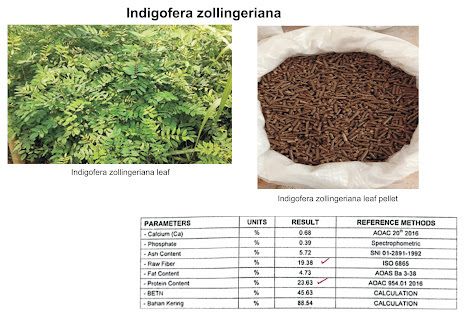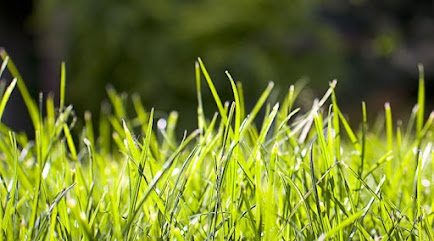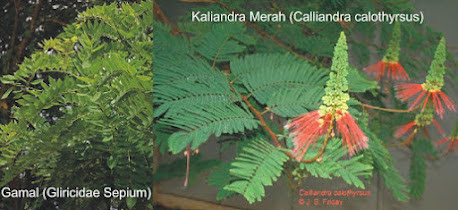Along with the global decarbonization trend, energy plantations are increasingly developing in Indonesia. The creation of these energy plantations has the main purpose of producing biomass fuels such as wood chips and wood pellets. Wood chip production because it is easier and the production equipment is easier and cheaper is usually done before wood pellet production and for more details can be read here. In addition to the use of wood as the main product of energy plantations, by-products that can be produced from energy plantations are animal feed from the use of leaves and honey from honey bee farms. And with the utilization of all parts of the tree (whole tree utilization), the energy plantation-based business is not only more profitable, but can also remain sustainable.
The honey production that can be produced from the development of energy plantations will also be very large, namely tons or even hundreds to thousands of tons in proportion to the area of the energy plantation. Moreover, the plants cultivated are red calliandra whose nectar will produce one of the best quality honey. Regarding the development of the energy plantation, even API (Indonesian Beekeeping Association) responded optimistically to the development of the energy plantation, because in the next 5 years it is targeted that honey production will increase by 300% so that the import of tens of thousands of tons of honey from China can be reduced and even be sufficient, more details read here. In addition to honey, several derivative products will also be produced from honey bee farming, namely royal jelly, bee pollen, bee wax and bee venom which also have many benefits. The motto "Gertakanlah" namely the Bee Feed Planting Movement is very much in line with the development of this energy plantation.
But this condition
is different from the world of animal husbandry, especially ruminant
livestock, namely goats/sheep and cattle. In fact, Indonesia's meat
needs are also very large, most of which are still met by imports.
Unlike beekeeping which is responsive to the development of the global
decarbonization trend, namely more specifically with the energy
plantation, the world or livestock industry players have not responded
to this, even though the production of feed from this energy plantation
will also be very large. Even the main element of animal feed from red
calliandra leaves is protein and protein is the most expensive element
of animal feed nutrition. In addition, with this livestock, it is also
possible for integration to occur as in the diagram above. Integration
will provide optimal benefits and production becomes efficient, thus
providing even greater benefits.

























